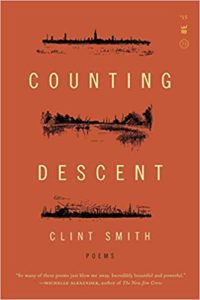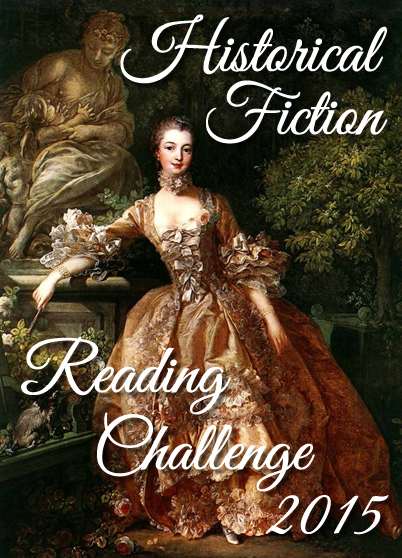 The Uncommon Reader by Alan Bennett
The Uncommon Reader by Alan Bennett Narrator: Alan Bennett
Published by BBC Audiobooks on October 1, 2008
Genres: Contemporary Fiction
Length: 2 hours 42 minutes
Format: Audio, Audiobook
Source: Library
Buy on Amazon, Buy on Bookshop
This post contains affiliate links you can use to purchase the book. If you buy the book using that link, I will receive a small commission from the sale.
Goodreads
From the author of The History Boys comes a deliciously funny celebration of reading, in which the Uncommon Reader is none other than Queen Elizabeth II, who accidentally drifts into reading after her corgis stray into a mobile library parked in front of Buckingham Palace.
This book first caught my eye a few years ago, but I finally picked it up to fulfill a reading challenge requirement (I needed a book with a title that started with “U”). What a charming little book. It’s also quite funny in some places—a nice little diversion. I can well imagine that Queen Elizabeth II was as funny and cheeky as she was written in this book. I laughed out loud at a line about sending the lesser grandchildren out to get more books. I love the image of the Queen as an intractable reader (even if it’s a fictional image). I’d highly recommend this book to anyone who needs a palate cleanser.








 Sing, Unburied, Sing by
Sing, Unburied, Sing by 






















 Walden Pond in Concord, MA. I have been there before in the dead of winter in February. The pond was frozen over. I took this obligatory picture of my feet standing on the frozen pond. I want to go back some time this summer. I don’t live far, and it’s sad that I haven’t had a chance to go because of an unreliable vehicle, but I have a new car now, and we are road tripping the hell out of this summer. I can’t wait to go to Walden.
Walden Pond in Concord, MA. I have been there before in the dead of winter in February. The pond was frozen over. I took this obligatory picture of my feet standing on the frozen pond. I want to go back some time this summer. I don’t live far, and it’s sad that I haven’t had a chance to go because of an unreliable vehicle, but I have a new car now, and we are road tripping the hell out of this summer. I can’t wait to go to Walden.






